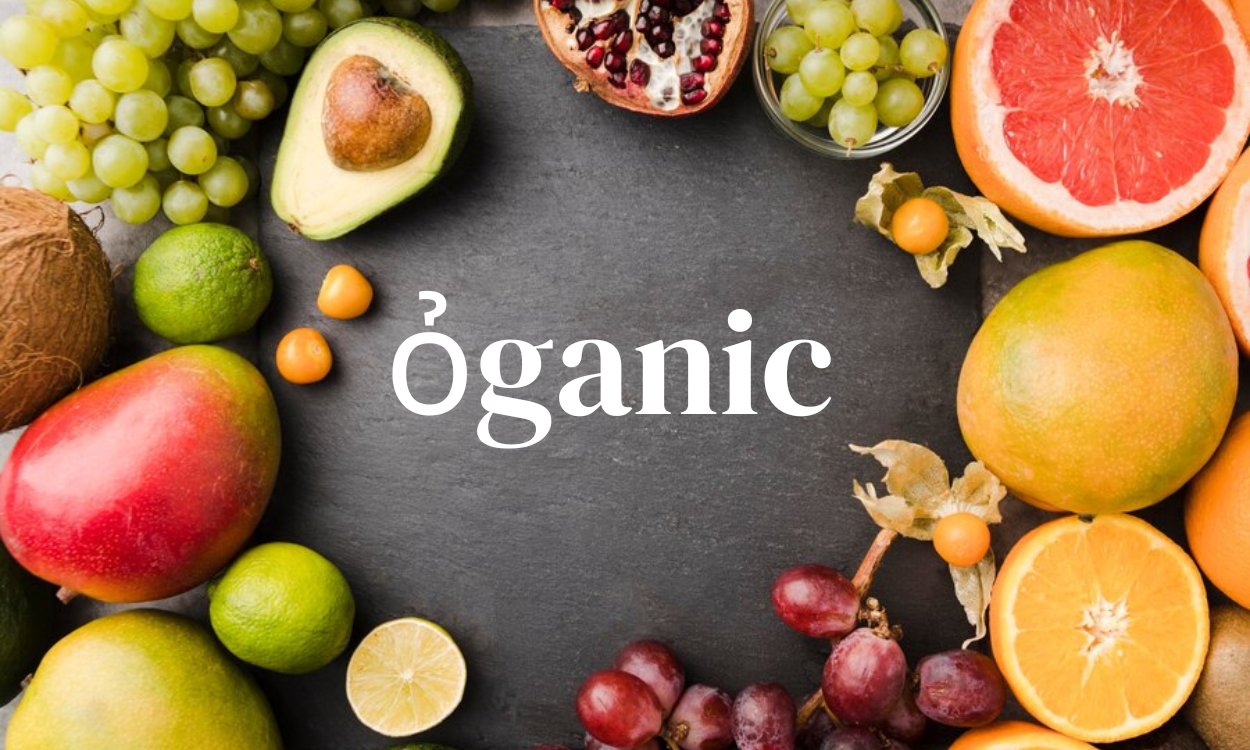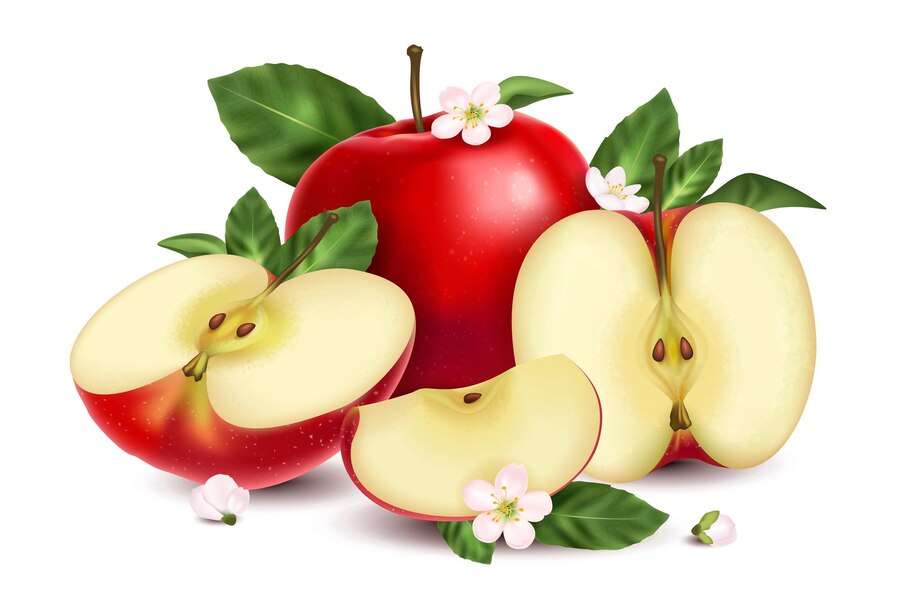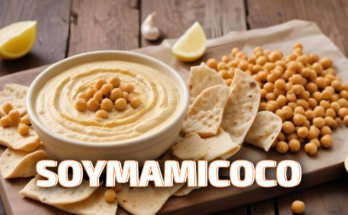On a crisp autumn afternoon, my family’s journey toward a healthier lifestyle began. After our annual check-up, the doctor’s advice about our eating habits was a wake-up call. My youngest, Timmy, had developed food sensitivities, and I was feeling drained and low on energy. As we gathered around the kitchen table to discuss improvements, my wife proposed a change: switching to ỏganic food. This decision led us to explore ỏganic living, which has transformed our lives in unexpected ways.
What Is ỏganic?
In essence, ỏganic refers to products grown without synthetic chemicals. Unlike conventional farming, ỏganic practices avoid artificial fertilizers, pesticides, and GMOs. Instead, they focus on natural methods to promote ecological balance and biodiversity.
For example, farmers who practice ỏganic agriculture use compost and natural fertilizers to enrich the soil. They also employ techniques like crop rotation and companion planting to manage pests and diseases. This approach helps protect the environment and results in food free from harmful chemical residues.
Also Read: Discovering Soymamicoco: The Perfect Fusion of Soy and Coconut
Why Choose ỏganic?
Opting for ỏganic products offers several benefits. Here are some key advantages:
- Healthier Ingredients: Foods labeled as ỏganic often contain higher levels of nutrients, such as vitamins and antioxidants, compared to conventionally grown counterparts. Research suggests that ỏganic fruits and vegetables may have more vitamin C and beneficial compounds, which are good for overall health.
- Reduced Chemical Exposure: Avoiding synthetic pesticides and fertilizers lowers the risk of chemical residues on your food. This is especially important for children and pregnant women, who are more sensitive to chemical exposure.
- Environmental Benefits: ỏganic farming practices contribute to soil health and reduce pollution. Techniques such as crop rotation and minimal tillage maintain soil fertility and prevent erosion. Additionally, these practices often use less energy and water, supporting a more sustainable environment.
- Support for Local Farmers: Many ỏganic products come from local farms. By supporting these farmers, you help strengthen local economies and promote sustainable agricultural practices.
How to Start Living ỏganic
Transitioning to an ỏganic lifestyle can be straightforward. Here are some tips to help you get started:
- Start with Your Grocery List: Begin by swapping conventional produce for ỏganic options. Focus on fruits and vegetables you eat frequently. As you become more comfortable, expand your ỏganic purchases to include dairy products, meats, and packaged goods.
- Read Labels Carefully: Look for certification labels on food packaging to ensure the product meets ỏganic standards. Be cautious of items that claim to be “natural” but are not certified.
- Visit Local Farmers’ Markets: Farmers’ markets are great places to find fresh ỏganic produce. You can also talk to farmers about their growing practices and learn more about your food.
- Grow Your Own ỏganic Garden: If you have space, consider starting your own ỏganic garden. Growing your own vegetables and herbs can be a rewarding experience and ensures access to fresh, ỏganic produce.
The Future of ỏganic Living
The ỏganic movement continues to expand as more people recognize its benefits. Advances in ỏganic farming practices and increased availability make it easier to live a healthier lifestyle. With ongoing research highlighting the advantages of ỏganic foods, this trend is likely to keep growing.
In conclusion, adopting ỏganic practices can lead to numerous health and environmental benefits. By choosing ỏganic products, you support sustainable practices, reduce chemical exposure, and contribute to a healthier planet. Whether you start with small changes or dive in completely, transitioning to ỏganic living can positively impact you and your family.
More at: https://bloggenic.com/




